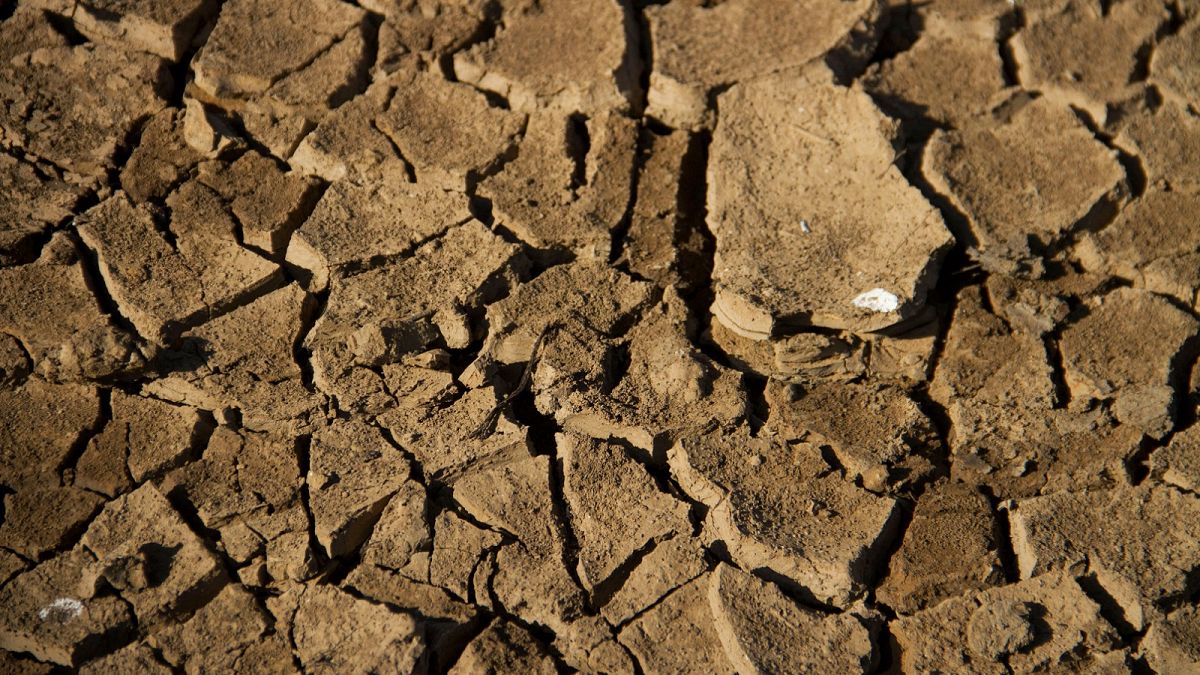Today, millions of school children are expected to congregate across major cities in the latest round of school climate strikes, fighting for their future. Climate change, however, should not be seen only through the lens of age; it is also about time and space.
Today, millions of school children are expected to congregate across major cities in the latest round of school climate strikes, fighting for their future. The climate crisis will disproportionately affect the lives of young people as the negative effects of climate change are expected to worsen from 2050 onwards. Their strikes are a visible and poignant reminder that climate change should rightfully be considered an inter-generational equity issue.
Climate change, however, should not be seen only through the lens of age; it is also about time and space. It is an important geographical issue, with rural people – often in remote areas across low and middle-income countries – most vulnerable and bearing the worst impacts. Because of their geography and remoteness, they are often missing from the story.
Nonetheless, their numbers are astounding. Roughly two billion people are living and working as farmers, food traders, herders, livestock keepers, fisherpeople and farm workers in rural areas, dependent almost completely on the environment for their food and income. Because of this, it’s already hitting them the hardest.
This fact alone means that rural people need to be better included in the climate change agenda, and if we cannot easily hear their voices through strikes, we must ensure we can raise them up in other ways.
Otherwise, the price of doing nothing will be costly, affecting political stability, security, migration, human well-being and child poverty, amongst other things. But we know how to help these farmers. Many of these solutions already exist and more innovations are needed – they just need help accessing them.
By building resilience to climate shocks, the global agricultural research network CGIAR is mobilising to help 300 million small-scale farmers rapidly adapt their farming systems to the new challenges of the climate crisis.
For instance, the Sahel region of west Africa is one of the world’s hotspots for climate change and is struggling to feed a rapidly growing population as rainfall becomes more erratic and the land has degraded to unprecedented levels. Yet, by improving access to innovative technologies and practices that already exist, we can help 15 million food producers in the Sahel build resilience to climate stresses, maintaining food production in increasingly tough conditions.
These include climate services to help farmers adapt to changing weather patterns, introducing sustainable practices such as accurately applying fertilizer or water, and finally empowering young farmers to develop more resilient value chains.
Likewise, Asian mega-deltas are experiencing flooding more frequently, exacerbated by urbanisation as well as extreme weather events like typhoons and sea-level rises. Preparing those who live along the deltas against the threat of flooding has the potential to help some 30 million farmers and fisherpeople prepare for - and better cope with - the high risk of flooding and the impacts that come with it, including damaged crops, soil and other economic assets.
But it is not simply enough to help those in rural areas adapt to climate change. They must also be involved in the fight against it.
In this case, the dispersed geography of farmers can actually play to our collective advantage. They are the people responsible for huge swathes of ecosystems around the world. With support, they can reduce the emissions of their farming practices and even capture huge amounts of carbon on their farms.
In Latin America, for instance, the LiveStockPlus project is helping to reduce the greenhouse gas (GHG) emissions of 11 million small-scale meat and dairy farmers by improving the feed given to animals.
Smallholders in the Horn of Africa, the Middle East and North Africa are experiencing record-breaking heatwaves, resulting in extremely dry conditions. But introducing improved seeds and new irrigation techniques can help them continue farming on their land sustainably.
Then there is the practice of agroforestry, which incorporates trees into farm systems, that can help farmers and their crops cope with an increasing number of climate risks, all while meeting food demand and mitigating climate change.
There is already a lot of evidence highlighting this, including research that emphasises that the right tree in the right place in any field can help improve that field’s micro-climate. Trees provide essential shade in regions beset with harsh sunlight, and improve the natural fertility and nutrients within the soil through their unique root structure.
They also act as insurance when it comes to coping with climate shocks, and they provide food and fuel as well. And when over 37 million hectares of land in developing countries are used by smallholders, ensuring this land is benefiting from the richness of tree cover is vital.
As the millions of young people striking for their climate future send a profoundly important message to us all, it is important to also consider those in rural areas already fighting for their future.
The rural youth represent at least half of the total population in many African countries. This makes the generational-geographical reality of climate change even more urgent. There is no easy way for them to come together and join mass strikes, but their numbers are vast - and their plight is real.
- Elwyn Grainger-Jones is the Executive Director of the CGIAR System Organization.
____________
Are you a recognised expert in your field? At Euronews, we believe all views matter. Contact us at view@euronews.com to send pitches or submissions and be part of the conversation.
